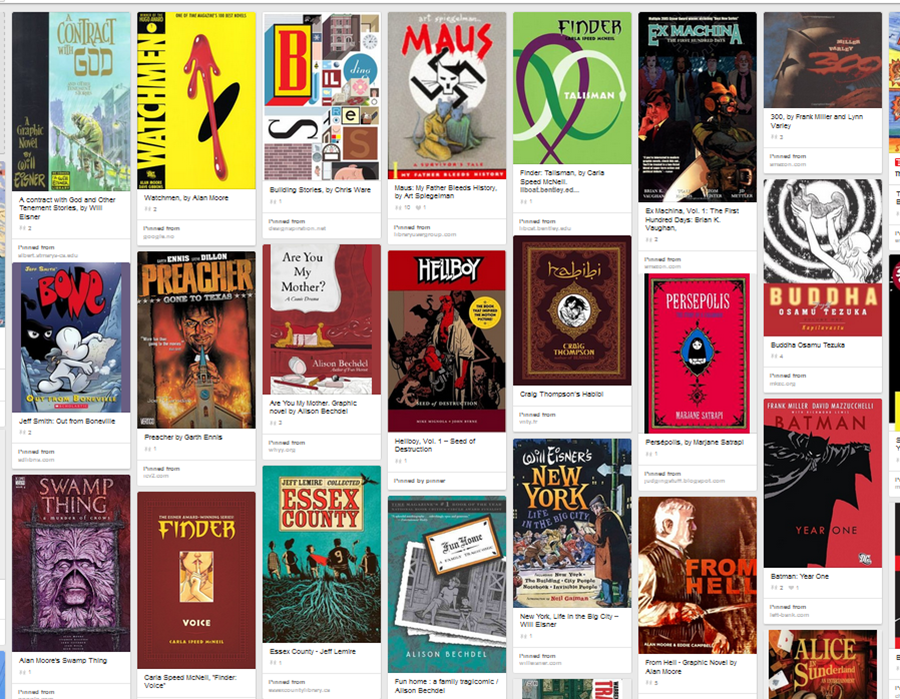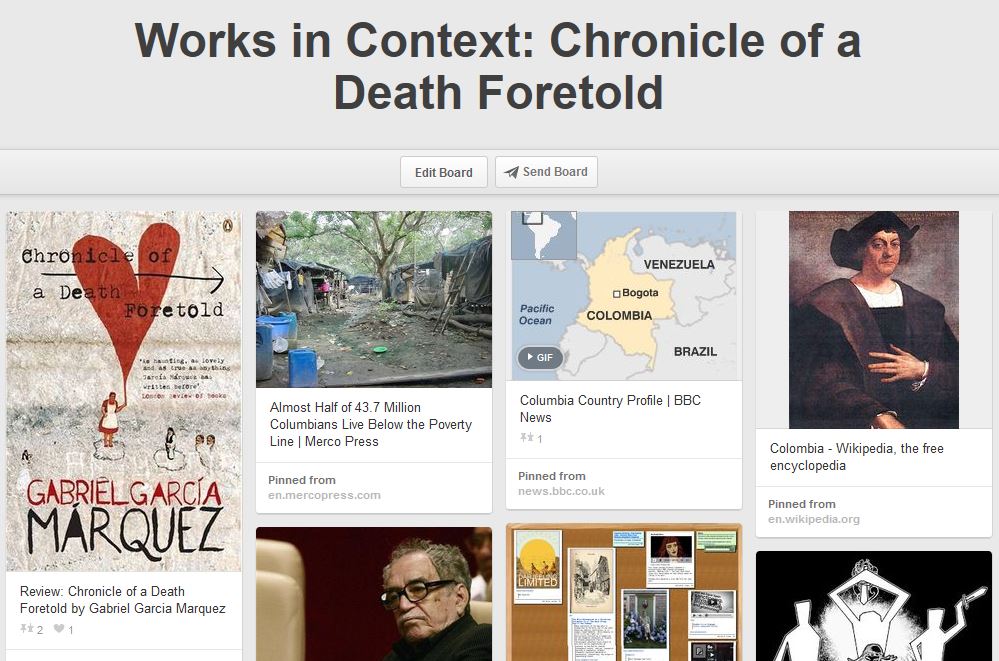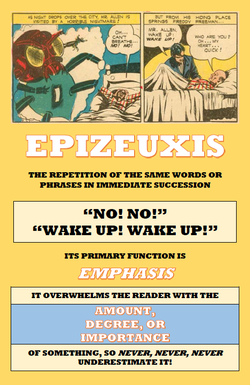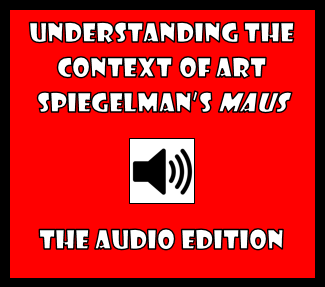|
by Glen Downey, Comics in Education, www.comicsineducation.com Build Pinterest Boards For Comics Research. Then, Build Them to Research Anything!If you want to put a great tool in the hands of your class and happen to be teaching them visual narrative, it would be hard to go wrong with Pinterest. No longer thought of merely as a repository for folks who want to collect pin board after pin board of flower arrangements or dinnerware, Pinterest has become a valuable tool in the hands of an educator. If you want to give students a quick primer on some of the great comics and graphic novels that are being written, why not have them do searches for comics and graphic novels on Pinterest. They'll literally find thousands of boards where people have pinned their favourite comics and graphic novels. (I've even put together boards called Graphic Novels for Kids, Literacy Resources for Students, and The Best Graphic Novels of All Time.) However, students can refine their searches as well in order to find, for instance, the comic or graphic novel they are studying. Perhaps the Pinterest image will take them to a website that might help them learn more about the work they are studying. If you're teaching the class, however, you can build your own boards and gather images that have links to great resources! I've done precisely the same thing with my Grade 11 students. While studying, for example, Chronicle of a Death Foretold by Gabriel Garcia Marquez, I have them go to my Pinterest site. They can click on these images and the images will then take the students to sites that have valuable contextual knowledge for the study of Marquez's novel. Visual learners love this since they learn both from the images themselves as well as the content they ink to. It's such a valuable process that I've now created a Pinterest portion of this website. If you want a simple way of ensuring that you can come back to a blog post without having to search for it through the archives or the list of categories, go to the "Go For a Pin!" folder under the Contact tab. It lets you pin images from the blogs to your site. When you click on these in the future you'll come back to the blog that the image came from! Ultimately, this post is just to whet your appetite in terms of the pedagogical uses of Pinterest. I can already see the wheels in your head turning, however. Some great possibilities, right?!
0 Comments
Your comment will be posted after it is approved.
Leave a Reply. |
Glen DowneyDr. Glen Downey is an award-winning children's author, educator, and academic from Oakville, Ontario. He works as a children's writer for Rubicon Publishing, a reviewer for PW Comics World, an editor for the Sequart Organization, and serves as the Chair of English and Drama at The York School in Toronto. If you've found this site useful and would like to donate to Comics in Education, we'd really appreciate the support!
Archives
February 2019
|





 RSS Feed
RSS Feed
